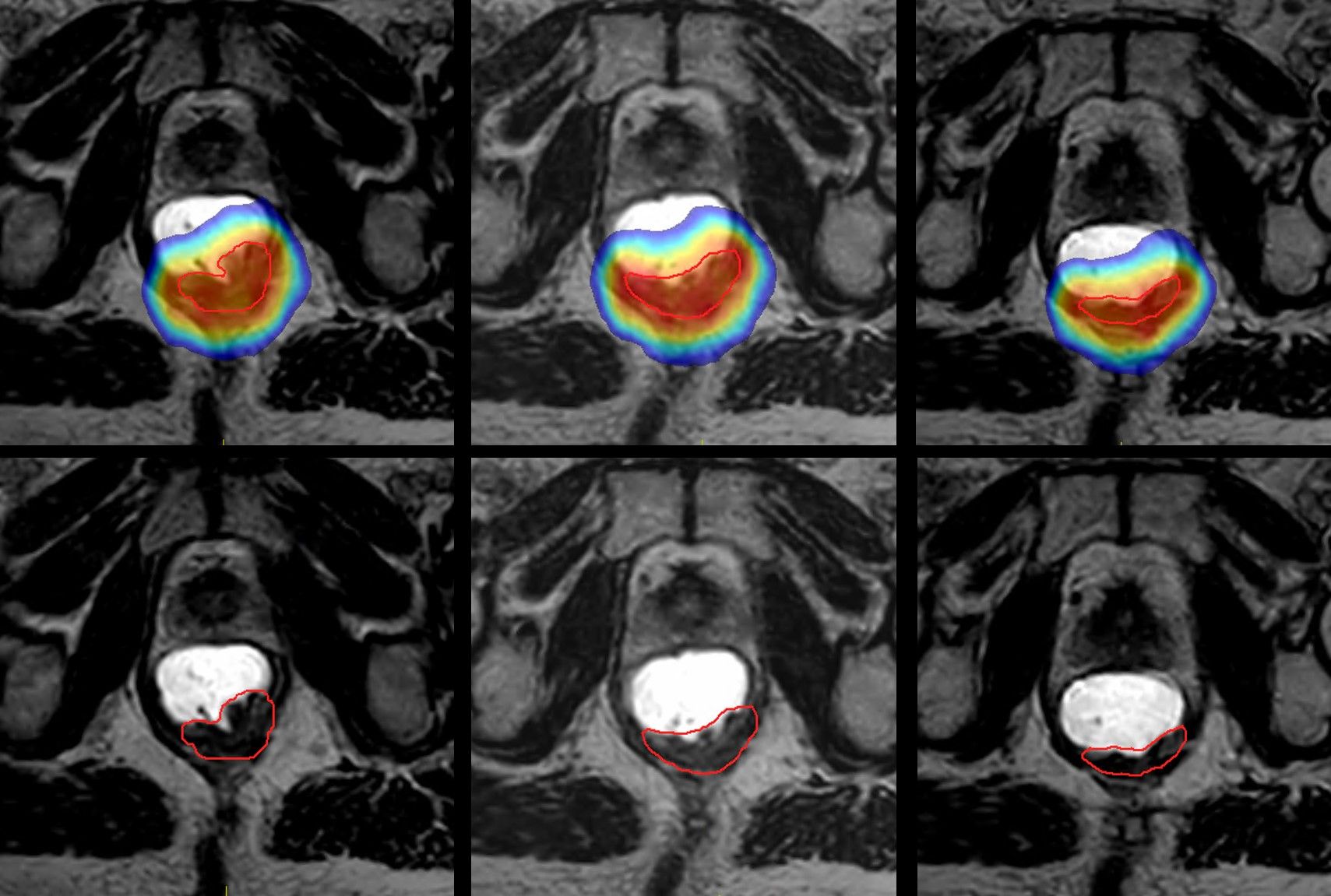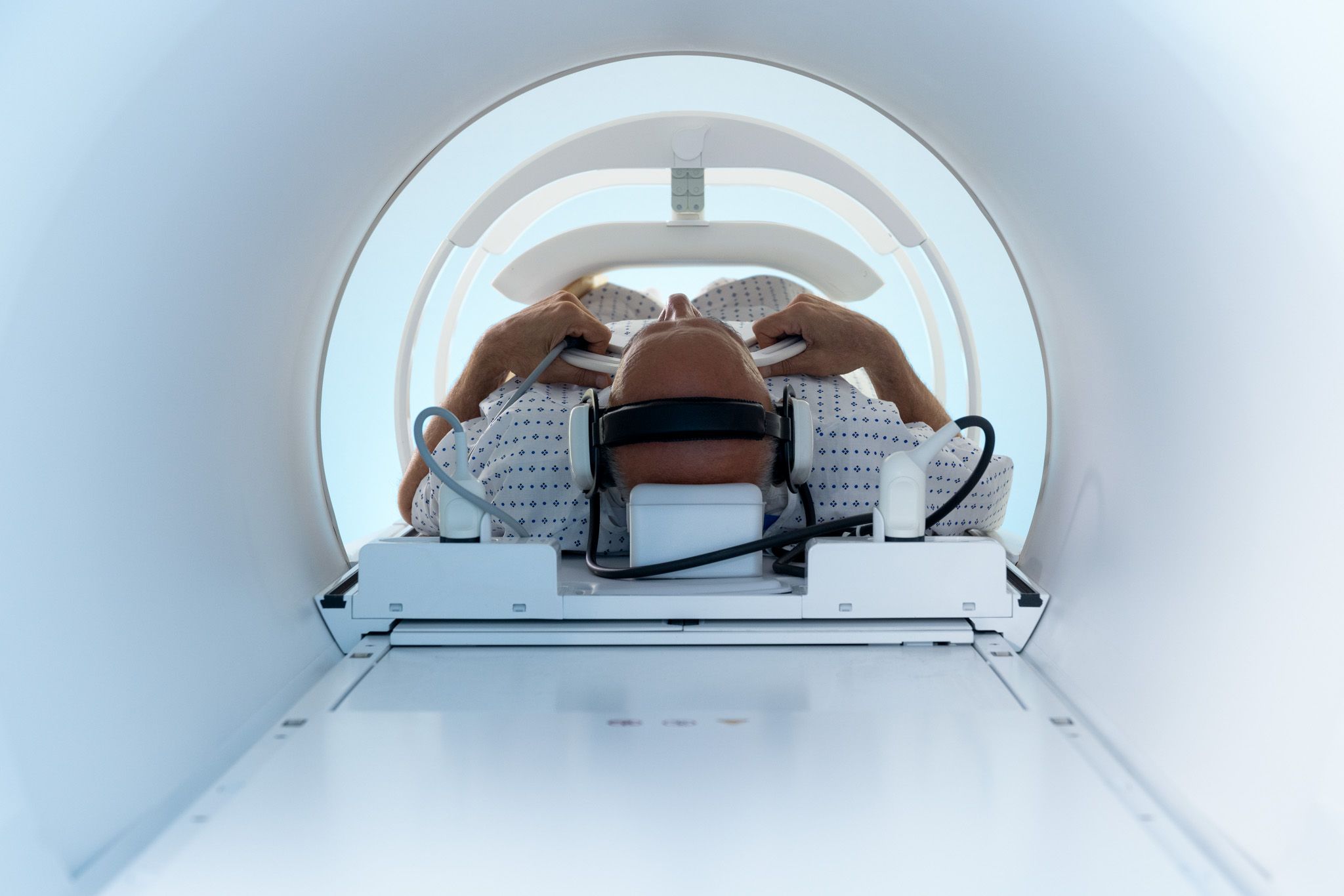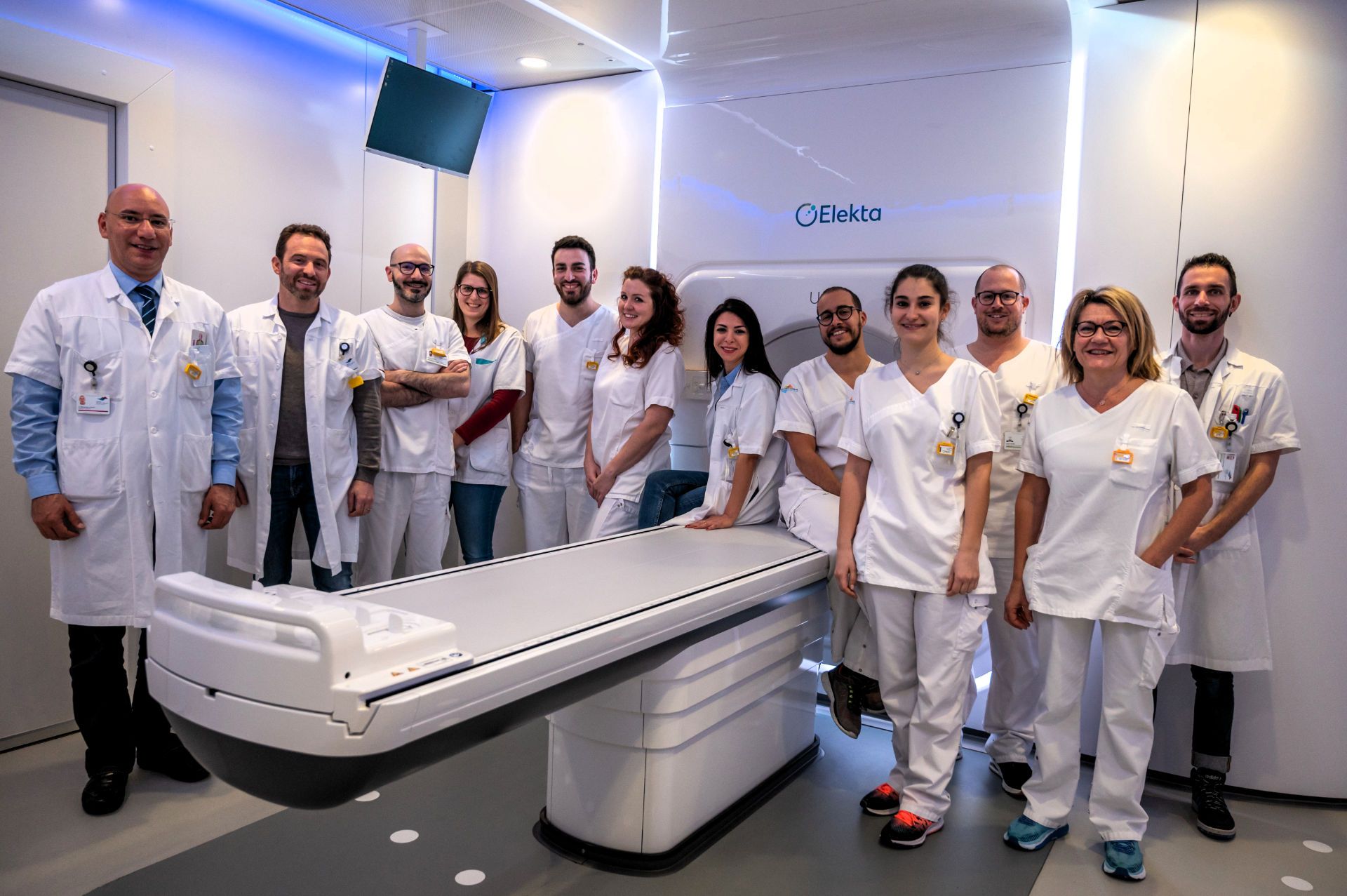GenesisCare elevates clinical and professional offerings with Elekta Unity
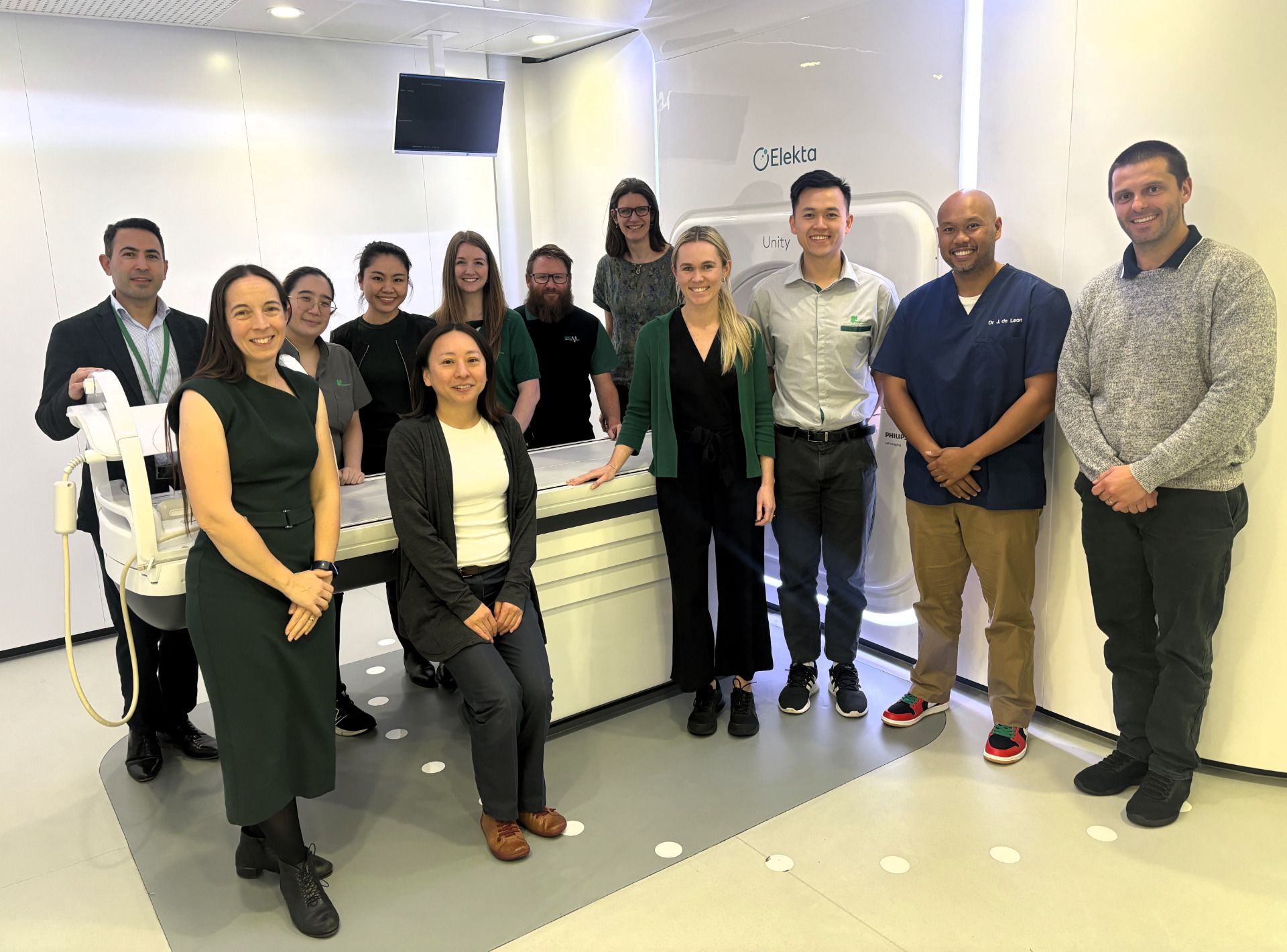
The team at GenesisCare, Darlinghurst proves that with the right tools and an innovative spirit, a small clinic can make a difference
In the four years since GenesisCare, Darlinghurst (Sydney, New South Wales) began treating patients with its Elekta Unity MR-Linac, the clinic has solidified their status as an MR-guided radiotherapy (MRgRT) innovator, pioneering groundbreaking techniques and demonstrating that MRgRT is not solely the domain of large academic medical institutions with sizable staff and resources.

Initially focusing on treating prostate and oligometastatic patients, the potential for daily MR-guided treatments quickly became apparent. "We knew we would be implementing MR image guidance and daily plan adaptation," says GenesisCare, Darlinghurst radiation oncologist, Jeremy de Leon, MD. "However, we never anticipated the extent to which we would expand our clinical practice, achieving high efficiency and introducing novel treatment uses. It’s a testament to the hard work and vision of our team."
The team now uses Elekta Unity to treat a wide range of indications, including liver, pancreas and kidney cancers, for an average of 20 cases each day. In March 2024, the clinic treated their 500th patient, delivering a total of 578 treatment courses and over 6,000 fractions of daily MR-guided treatment. To date, they have treated 636 patients, delivering 739 treatment courses and 7,482 fractions.
“Elekta Unity at the Darlinghurst center is now regarded as a valuable pillar within the GenesisCare network, offering patients access to advanced, adaptive treatment techniques,” continues Dr. de Leon. “However, the system hasn’t just been instrumental in reducing toxicity, increasing the safety of dose escalation and enabling hypofractionation; it also has paved the way for our sim-free prostate protocol, RTT-led adaptive workflow and collaborating with Elekta to develop a remote access solution.”
Breaking new ground with sim-free workflows
Between December 2022 and October 2023, the Darlinghurst team began using the PMSA-PET/CT scan – acquired as part of the diagnostic workup – for planning instead of a sim CT or MR scan to generate a reference plan for 15 patients receiving stereotactic body radiation therapy (SBRT) for prostate cancer. The clinical study made the Darlinghurst center the world’s first to implement PMSA PET in this sim-less workflow.1
“It benefits patients by having them avoid a couple fewer hospital visits – which is a real bonus particularly for patients who live in remote or rural areas.”
“We wanted to improve the efficiency of the adaptive radiation therapy process for prostate patients treated on the Elekta Unity,” says David Crawford, RTT. “The advantage of a sim-free workflow is that we’re developing treatment plans on a diagnostic image. It benefits patients by having them avoid a couple fewer hospital visits – which is a real bonus particularly for those who live in remote or rural areas. It also reduces the resources we need – acquiring CT or MR reference scans adds extra time and risks delaying patient treatments.”
“MRgRT can successfully accommodate the differences between reference anatomy and fraction 1 anatomy, thus allowing this sim-free approach.”

“MRgRT can successfully accommodate the differences between reference anatomy and fraction 1 anatomy, thus allowing this sim-free approach,” Dr. de Leon says. “To date, we’ve had enough time to ensure not only that it was dosimetrically good for these 15 patients, but the outcomes are as well, with no changes in toxicity. Since, we’ve treated a subsequent 25 patients with sim-free and haven’t had an instance in which we couldn’t apply this technique or deliver the first fraction.”
Sim-free prostate SBRT is now routine at Darlinghurst, and according to Dr. de Leon, the center’s plan is to eventually remove the simulation and planning phase of radiotherapy entirely.
“The goal is to integrate simulation and planning into the first treatment fraction, which would advance us toward a true ‘sim-and-treat’ approach,” he continues.
Empowering radiation therapists to take the lead
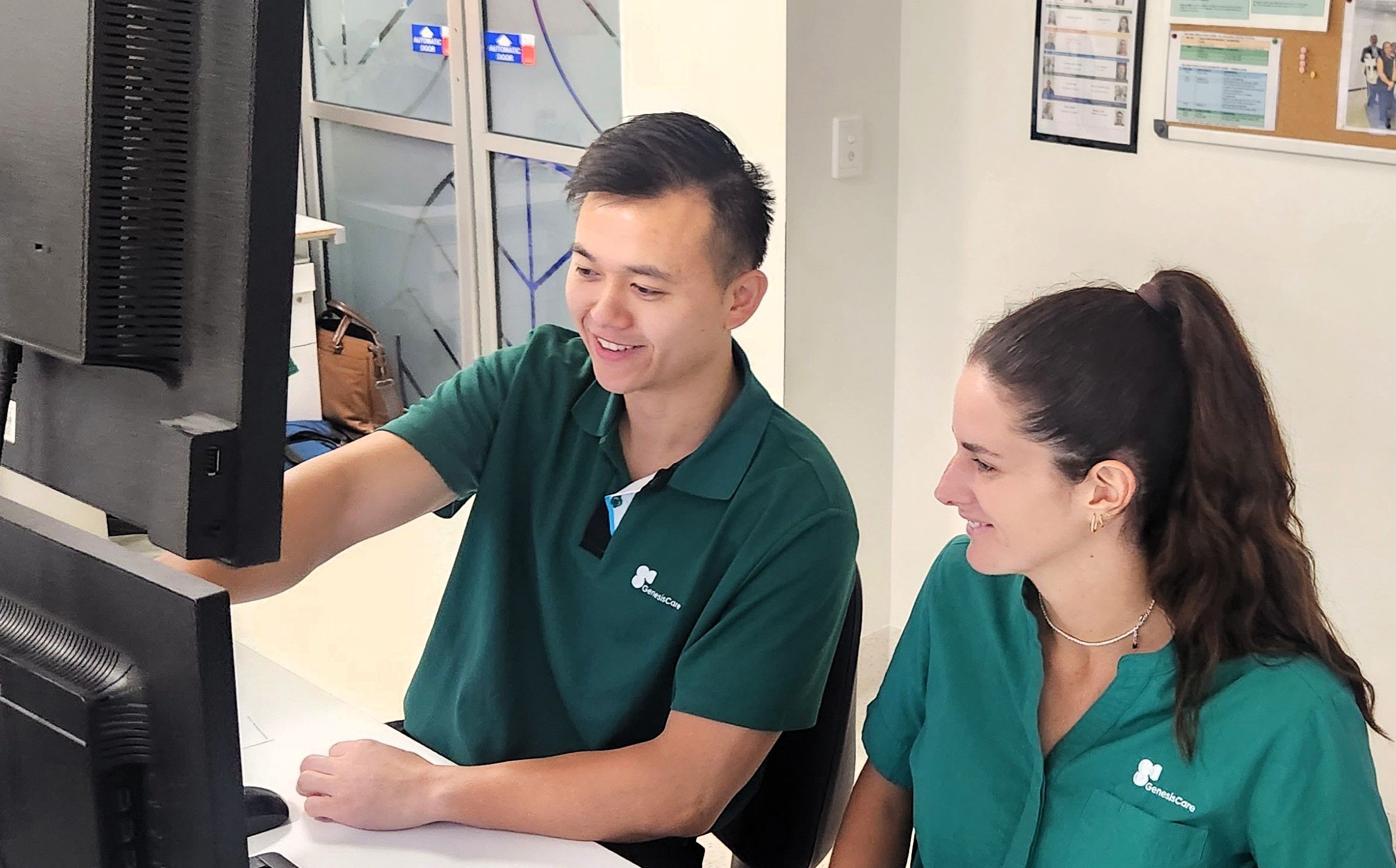
At Darlinghurst, the adaptive radiation therapy (ART) workflow has transformed the standard treatment process, introducing new tasks that require additional time and expertise for each treatment slot. This workflow is time-sensitive and often requires the radiation oncologist to recontour targets and OARs to create a new plan, all while the patient is on the therapy couch.
To help ease the burden on radiation oncologists, the team developed a comprehensive training and credentialing program. This initiative empowers radiation therapists to contour patient anatomy, freeing up the radiation oncologist from having to be present at the Elekta Unity console. This streamlines the resourcing of the MR-Linac staffing to more closely resemble standard linac procedures.
“The training program is designed to rapidly upskill staff members ensuring they stay at the forefront of best practices with annual continuous education training,” Crawford explains. “Our Elekta Unity staffing model mirrors that of a regular linac, with a similar team of RTTs and physicists assigned per system.”
“Radiation oncologists bring in patients and the RTTs take it from there.”
“Radiation oncologists bring in patients and the RTTs take it from there,” he says. “If the RTTs are a well-trained team, then it makes the radiation oncologist’s job easier, and they can dedicate their time to the patient’s care plan.”
Collaborating to develop a remote solution
Both COVID-19 and Australia’s expansive geography posed a unique challenge, but for the team at Darlinghurst, it became an opportunity for innovation. In collaboration with Elekta, they helped develop and test a remote access solution for Elekta Unity, allowing the radiation oncologist to contour, and review and approve plans from anywhere in the country.
“Elekta appreciated the importance of remote capabilities and asked us to help them develop and test what would eventually become Unity Remote Access.”
“Elekta appreciated the importance of remote capabilities and asked us to help them develop and test what would eventually become the remote access for Unity solution,” Dr. de Leon says. “Unity Remote Access uses the MS Remote Desktop connection, allowing me and the other radiation oncologists to remote in from anywhere and see the online treatment planning system as though we are at the console.”
Remote access has been particularly important for the GenesisCare Murdoch center (Perth, Western Australia), as the radiation oncologists here are tasked with planning for other GenesisCare clinics separated by long distances.

“I could be in my clinic in Bunbury, which is more than 100 kilometers away from Perth, and still run my clinic in the background. I can also remote in through the tool to review and treat my patient on the MR-Linac in Perth,” according to Murdoch Radiation Oncologist Dr. Hendrick Tan.
Dr. de Leon stresses that Unity Remote Access provides full control, not just screen sharing.
“…the opportunity to collaborate with Elekta on this much-needed solution has been extremely rewarding.”
“It is crucial for allowing flexibility with the radiation oncologists’ schedules and helping to ensure specific treatment expertise is always available,” he says. “For a relatively small clinic such as St. Vincent’s, the opportunity to collaborate with Elekta on this much-needed solution has been extremely rewarding.”
Beyond clinical benefits
The story of GenesisCare, Darlinghurst is more than just that of technological advancement. It is testament to the resourcefulness and superb collaboration of this small but agile team. As the Darlinghurst team demonstrated, embracing Elekta Unity can present clinics with new opportunities, outside of the clinical benefits that an MR-Linac offers.
“It has been quite an active and productive four years,” Dr. de Leon says. “Our experience shows that with the right tools and a spirit of innovation, even a small clinic like ours can make a big impact on the world of cancer treatment.”
Learn more about MRgRT with Elekta Unity.
References
- de Leon J, Jelen U, Carr M, et al. Adapting outside the box: Simulation-free MR-guided stereotactic ablative radiotherapy for prostate cancer. Radiother Oncol. 2024 Sep 5;200:110527. doi: 10.1016/j.radonc.2024.110527. Epub ahead of print. PMID: 39242030.
- Hogan L, Jameson M, Crawford D, et al. Old dogs, new tricks: MR-Linac training and credentialing of radiation oncologists, radiation therapists and medical physicists. J Med Radiat Sci 2023; 70(S2): 99–106.
LARMRL241112
